Education
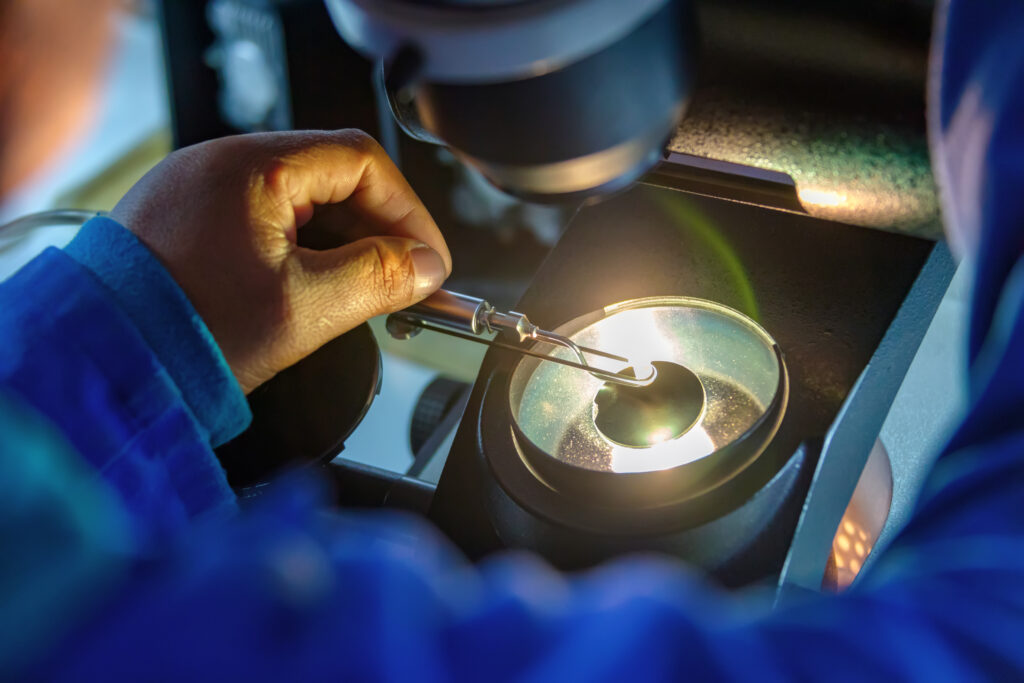
Lab Grown Diamonds
Lab-Grown diamonds are grown in highly controlled laboratory conditions using ground breaking technological processes that emulate the Earth’s natural developing process where diamonds form in the mantle of the Earth. The resulting diamonds are physically, chemically and optically identical to mined diamonds since lab grown diamonds are made of the same material; pure carbon, crystallised in isotropic 3D form.
Lab-created diamonds are grown from a tiny carbon seed placed into a chamber of heat and pressure that mimics the natural method of diamond formation. Once the diamond has matured (approximately six to ten weeks), it is then cut and polish. Certified by renowned labs - that also verify natural diamonds - will grade the lab grown diamonds.There are two primary methods used to create diamonds in a laboratory: CVD (Chemical Vapor Deposition) and HPHT (High Pressure High Temperature). Our product involves a combination of both.
Chemical Vapor Deposition or CVD, a method by which diamonds can be grown from a hydrocarbon gas.This process uses ultra-pure carbon-rich gasses in a controlled chamber. These gases, a mixture of methane and hydrogen with a ratio of 1:99, are then ionised into chemically active radicals inside the growth chamber. These atoms will then fall onto a diamond substrate and build up layers, getting, as a result, a rough diamond. This process usually takes between six and ten weeks. Whereas the HPHT method involves the application of high temperatures and pressures to a small seed crystal.
Yes, it is a real diamond, even the most sophisticated gem laboratories certify it as diamonds. The only difference is the origin of these diamonds, instead of being mined from the earth they are Grown under controlled environment in a lab.
No, Laboratory Grown Diamonds do not fade, discolor or cloud over time. They have same properties as a natural diamond and hence they tend to last forever the way it is.
Yes. Nearly all of lab diamonds above 0.50ct are graded and certified by reputable non-profit gemological laboratories such as IGI, GCAL, EGL, or GIA. Most of the diamonds sold by US have been graded byIGI and we always recommend purchasing a lab diamond that has an independent certification.
Mined Diamonds are essentially composed of pure carbon. But many diamonds contain traces of impurities such as nitrogen or boron, acquired during the course of formation. Those diamonds that contain little or no impurities are Type IIa diamonds. Less than 2% of mined diamonds are Type IIa and hence are the purest & rarest form of diamonds. Some of the famous, large Type IIa diamonds are Krupp Diamond, Cullinan, Koh-i-noor and Lesedi La Rona.
All our Lab Grown Diamonds are Type IIA
Eco-Friendly:
Lab Grown diamonds are grown without negatively affecting native communities or the Earth. The use of water and the amount of land disturbed is also significantly lower during the creation of a Lab Grown Diamonds. For example, 18.5 litres are used to create a 1-carat against the 126 gallons of water used for every 1-carat natural diamond.
Quality:
Lab Made diamonds have the same physical, chemical and optical properties as natural diamonds. Our lab-created diamonds are Type IIa, the purest form of diamond. This type is harder and more brilliant and only 2% of natural diamonds are of this quality.
Value:
Another benefit of lab-created diamonds is that they cost up to 30% - 40% less than natural diamonds.
Carat
It is important to bear in mind that, while carat weight can influence the price of a diamond, no two diamonds of the same weight will be worth the same. Each diamond is valued by taking into account the 4 C’s: Carat, Cut, Colour and Clarity.The higher a diamond’s weight, the rarer and more valuable the stone. Because the rarity increases as the weight increases, the value of the diamond increases exponentially. In other words, a 2-carat diamond will be much more valuable than double the amount of a 1-carat diamond. This is because 2-carat stones are less plentiful than 1-carat stones. Therefore, the value ishigher than the value of the smaller stone.
A Smart “Carat” Hack when looking for a diamond for special occasion
When deciding on a diamond for special moments in life, most people will focus on the carat weight of the diamond. A 1-carat diamond is one of the most popular choices, however, if you are on a budget look for diamonds that fall just under these popular carat weights. For example, instead of choosing a 1-carat diamond, go for a 0.90-carat. They look almost the same but the price will be significantly lower!
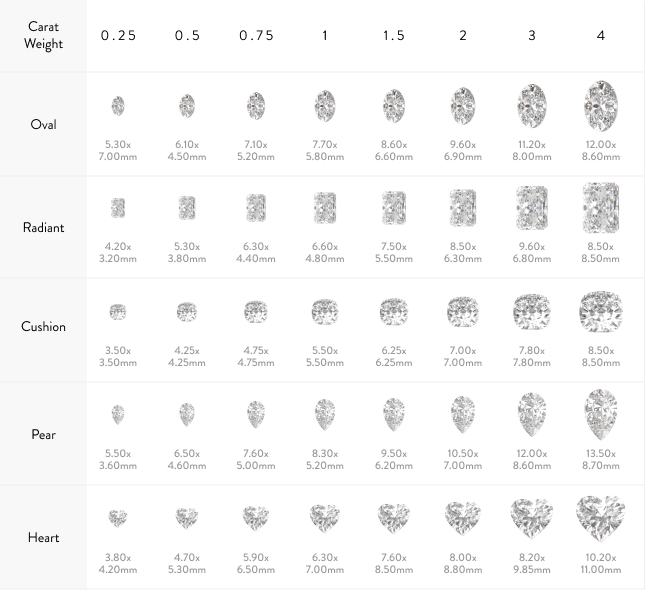
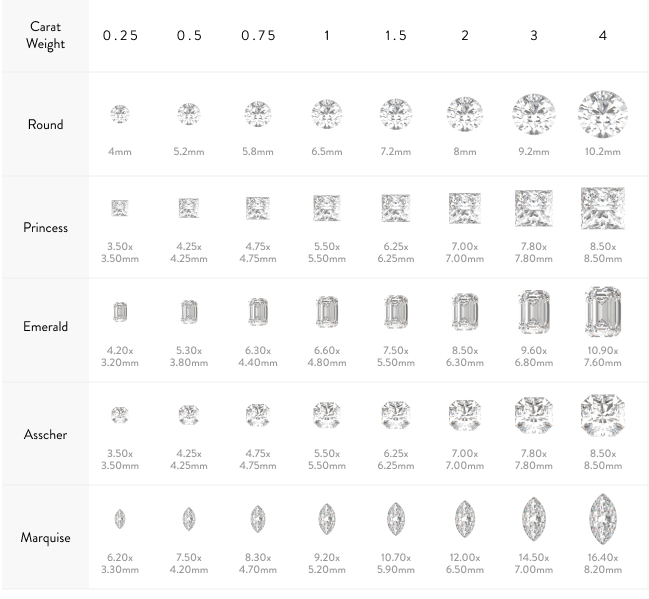



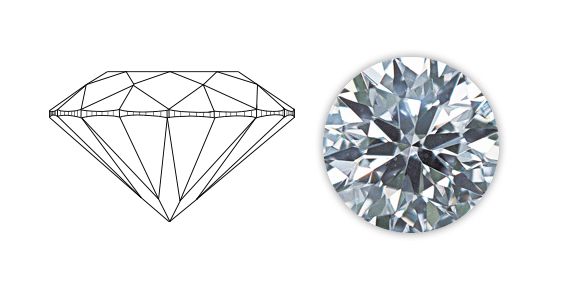
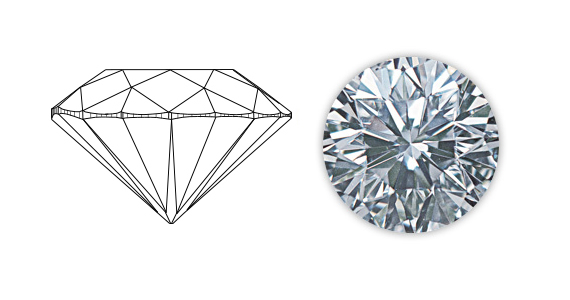
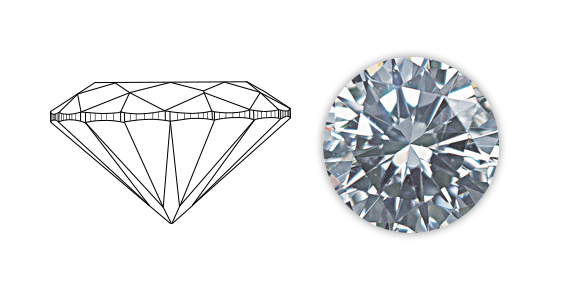
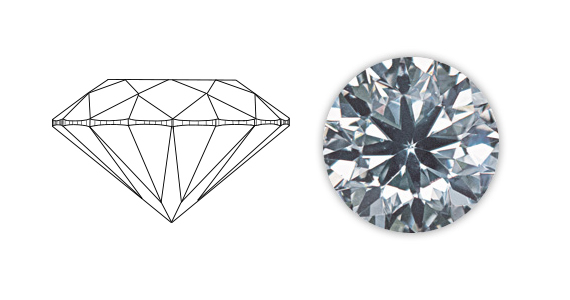
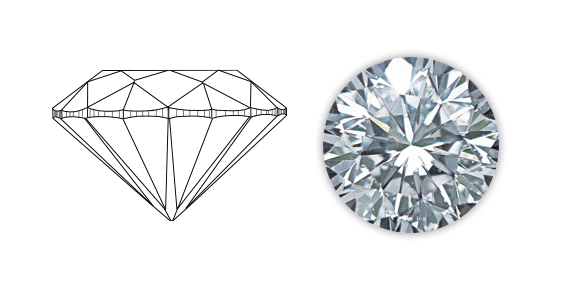
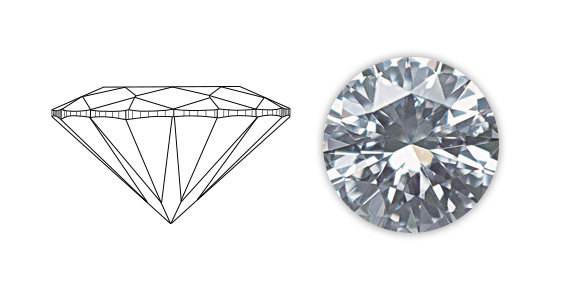

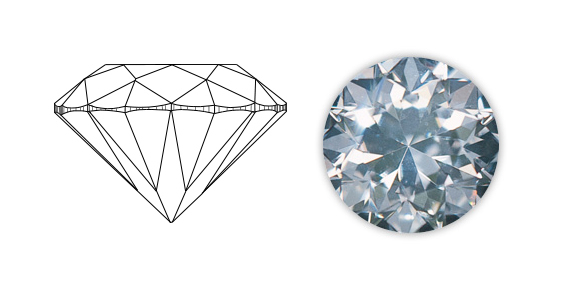
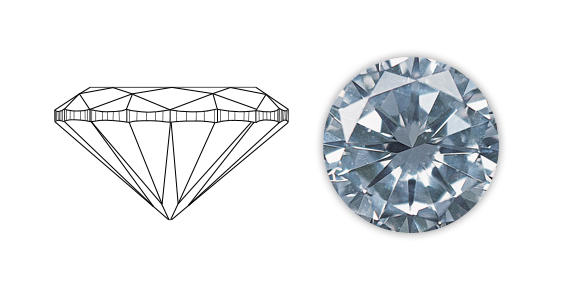
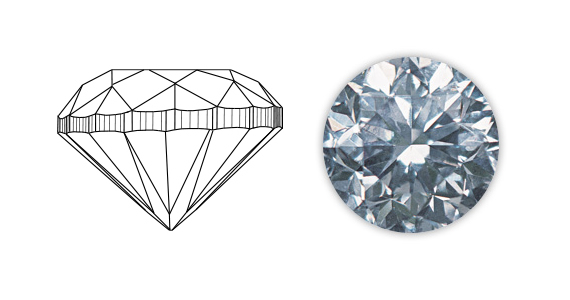
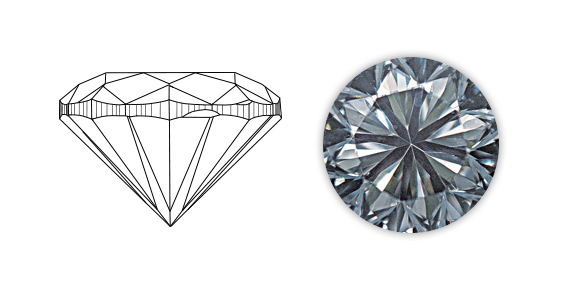
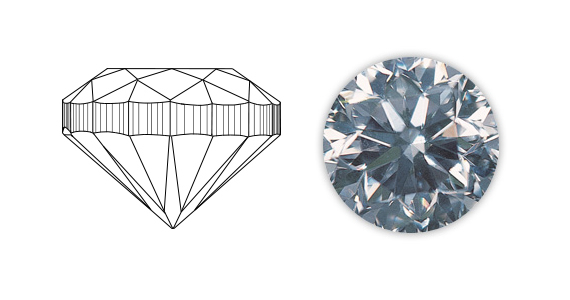
Cut
Making Light Dance The true beauty of a diamond lies in its ability to reflect light, so the Cut can have a significant influence on its value. Of all the Four C’s (Carat, Cut, Color and Clarity) the Cut is the only one governed by a person’s skills as opposed to nature’s power. Cut is therefore a highly important factor in determining a diamond’s beauty and ultimate value. Diamond-cutting is a complex process that demands great skill. If a diamond is cut too deep, light will escape from the side of the base and brilliance is lost. If it is cut too shallow, light will escape through the bottom of the stone resulting in a glassy appearance. When a diamond is cut to perfect proportions, light is reflected through the top, giving it fire and sparkle. Only perfect Cut diamonds are selected and showcased at The CarbonSix. We carefully hand-select the very best diamonds ensuring that each diamond is perfect Cut, maximizing its brilliance and beauty.
Clarity
The Step Closer to Perfection Diamonds contain natural “inclusions,” or fingerprints, these inclusions occurred when the diamond was formed. The inclusions are natural imperfections that make each diamond unique. In gem quality diamonds these imperfections are normally visible only under magnification. In weaker quality diamonds, these imperfections may be visible to the naked eye. Inclusions can interfere with the passage of light, affecting the quality of the diamond. In principle, the fewer inclusions, the finer the clarity and the more valuable the stone. At The CarbonSix, our diamonds fall within the IF to SI2 range of Clarity.
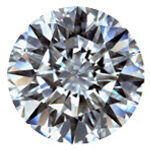
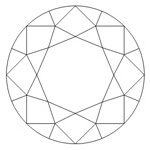
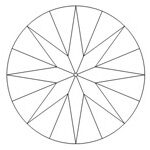
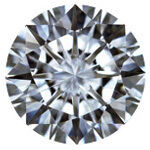
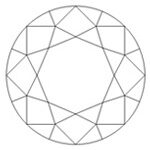
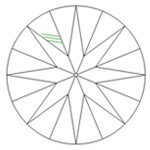
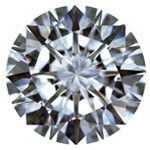
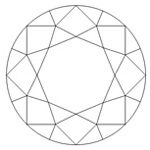
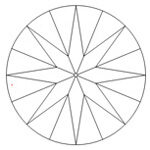
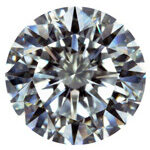
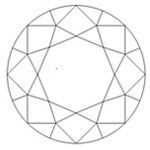
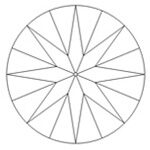
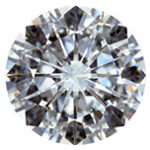
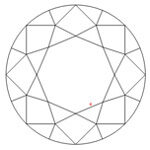
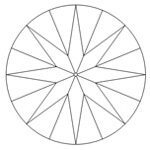
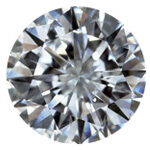
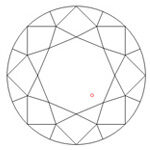
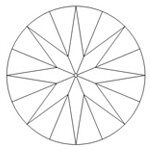
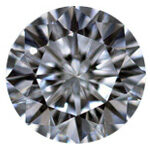
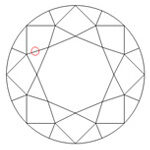
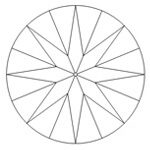
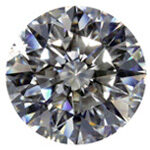
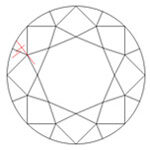
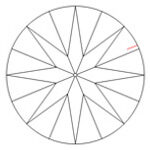
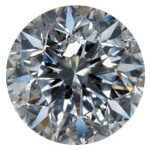
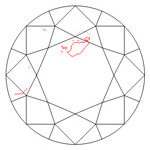
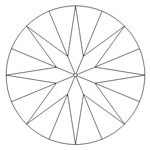
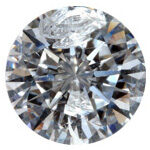
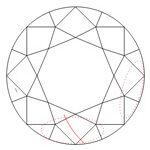
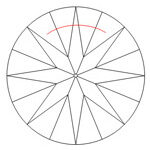
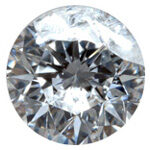
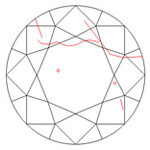
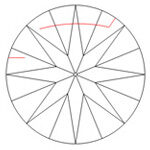
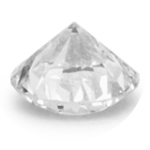
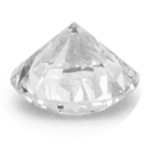
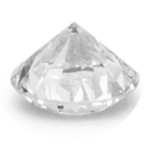
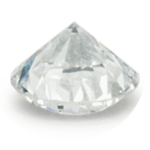
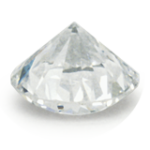
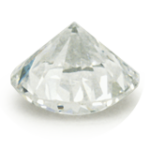
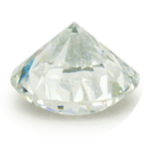
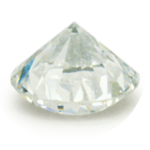
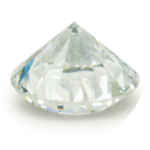
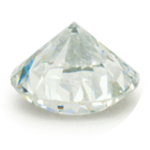
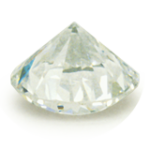
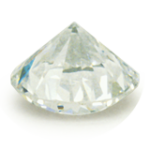
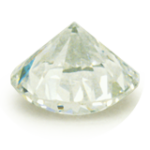
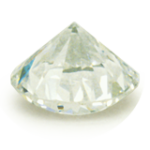
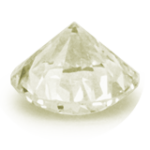
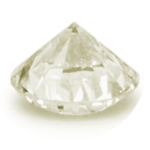
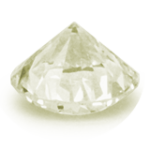
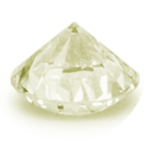
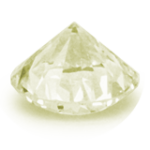
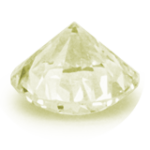
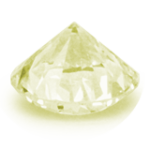
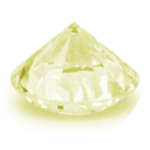
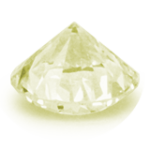
Color
Shades of White The less Color a diamond has, the greater its value and rarity. The vast majority of diamonds contain slight traces of yellow and brown colors. An increase of a single color grade can increase a diamond’s value by thousands of dollars. The CarbonSix diamonds are all color-graded according to the GIA color scale. Color gradings begin at D (Blue-White Color) and end at Z (Strong Brown Color). The scale begins at D simply because ‘D’ is for Diamond. The majority of the CarbonSix diamond are H color or better, defined as near colorless or higher.






